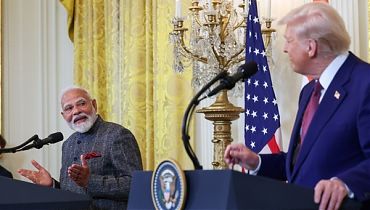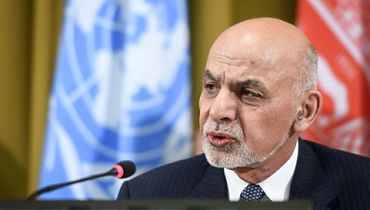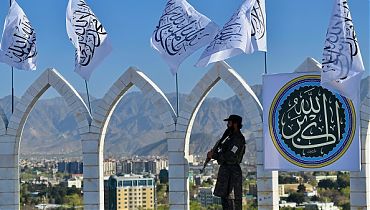
The economic relationship between the United States and India has long oscillated between cooperation and competition. As the world’s largest democracies, the two nations share interests in trade, security, and technology. However, disagreements over tariffs, trade policies, and geopolitical considerations continue to pose challenges to achieving a comprehensive agreement.
The recent meeting between Donald Trump and Narendra Modi at the White House once again underscored this reality: Washington and New Delhi need to collaborate to advance mutual interests, but the path to a stable agreement remains complex and challenging.
Key Discussion Points: From Trade to Security
During this high-profile meeting, the two leaders emphasized strengthening economic ties, defense cooperation, energy trade, and technology partnerships. While the discussions paved the way for further collaboration, significant challenges remain.
1. Trade Tariff Reductions: A Sticking Point
One of the primary issues discussed was the reduction of trade tariffs. Trump criticized India’s trade policies as “unfair” and called for lowering barriers to U.S. goods entering the Indian market. Conversely, New Delhi raised concerns over U.S. tariffs on Indian exports.
Although both sides agreed to continue negotiations, it remains unclear whether these talks will lead to substantial policy changes or just diplomatic maneuvering.
2. Expanding Energy Trade: Reducing India’s Dependence on Traditional Suppliers
India, one of the world’s largest energy consumers, is actively seeking to diversify its energy sources and reduce dependence on traditional suppliers such as the Middle East and Russia. As part of this effort, the two nations agreed to increase U.S. energy exports to India. This agreement is mutually beneficial: The U.S. secures a major market for its oil and gas exports. India gains a stable and reliable energy supply.
3. Defense Cooperation & Advanced Fighter Jet Sales
Defense cooperation was another key focus of the discussions. The U.S. has offered to sell India next-generation F-35 fighter jets, a significant move given India’s ongoing efforts to modernize its air force and reduce reliance on Russian defense equipment.
However, Indian officials have stated that the deal is still under evaluation and no formal agreements have been signed yet.
4. Strengthening Technology & Civil Nuclear Cooperation
The U.S. and India also agreed to expand cooperation in emerging technologies, including digital infrastructure, artificial intelligence, and civilian nuclear energy. New Delhi is currently revising its domestic regulations to facilitate the adoption of U.S. nuclear technology, which could pave the way for the construction of new nuclear power plants in India. This partnership is expected to: Enhance India’s energy security. Boost bilateral economic benefits.
5. Security & Counterterrorism: South Asia Cooperation
Beyond trade and economic discussions, the leaders focused on security and counterterrorism efforts. Both countries agreed to: Enhance security cooperation. Increase intelligence-sharing on terrorist threats. This collaboration, particularly in South Asia, could play a crucial role in combating extremist groups.
Trade Agreement or Escalating Trade Tensions?
Despite the progress made in these talks, trade disputes remain a major obstacle. Recently, Trump signed an executive order mandating reciprocal tariffs on countries imposing trade restrictions on U.S. goods—a policy that directly impacts India and could escalate trade tensions. However, officials from both sides have expressed optimism that continued negotiations could lead to a comprehensive agreement.
Future Outlook: Cooperation or Competition?
The U.S.-India relationship stands at a critical juncture. On the one hand, collaboration in energy, technology, and defense has the potential to strengthen bilateral ties. On the other hand, trade disputes and tariff policies remain significant hurdles.
The outcome of these negotiations will not only shape economic relations between the two nations but also influence the global trade order. Can New Delhi and Washington overcome their challenges and establish a sustainable partnership? The answer to this question will determine the future trajectory of their strategic alliance.




